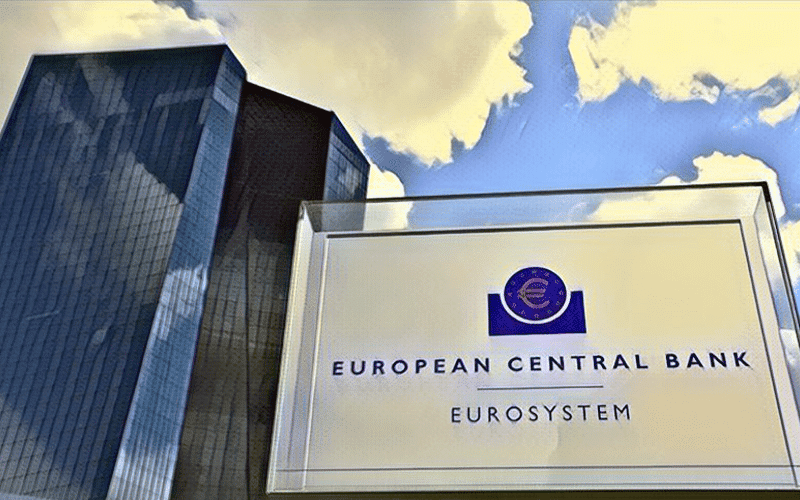The European Central Bank (ECB) is planning to team up with five different companies to develop the potential user interface (UI) for the digital euro.
The chosen companies by the ECB are as follows:
- peer-to-peer online payments: CaixaBank
- peer-to-peer offline payments: Worldline
- point of sale payments initiated by the payer: EPI
- point of sale payments initiated by the payee: Nexi
- e-commerce payments: Amazon
These shortlisted companies will each concentrate on a particular use case of a digital euro, according to the central bank.
The firms were selected from a group of 54 front-end service providers. They were chosen in response to the April 2022 request for submissions in participating in the prototype exercise.
The 54 firms meet a significant number of the “essential capabilities” listed in the offer, but only the top five companies met the “particular capabilities” needed for the given use case.
The purpose of this prototyping exercise is to evaluate how effectively the technology supporting a digital euro works with “prototypes developed by companies.” The five firms’ front-end prototypes will be used to commence simulated transactions, which will then be processed by the Eurosystem’s interface and back-end infrastructure.
“There are no plans to re-use the prototypes in the subsequent phases of the digital euro project,” the announcement notes.
The two-year inquiry phase of the digital euro project, which is currently underway, includes the prototype exercise as a key component. The first quarter of 2023 is anticipated to see its completion, at which point the ECB will also release its observations.






